
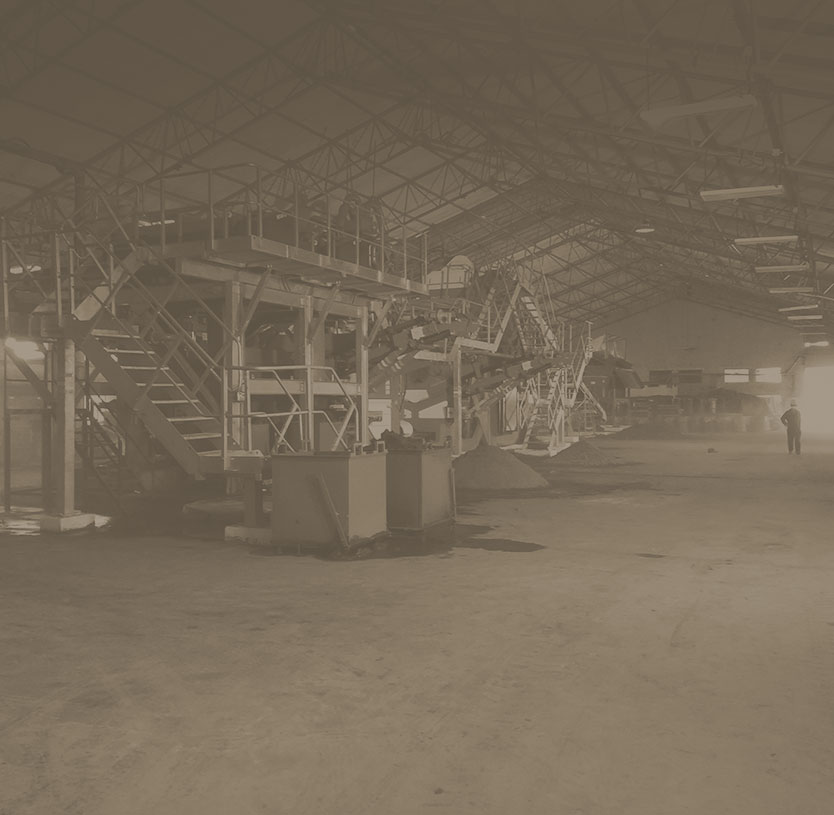
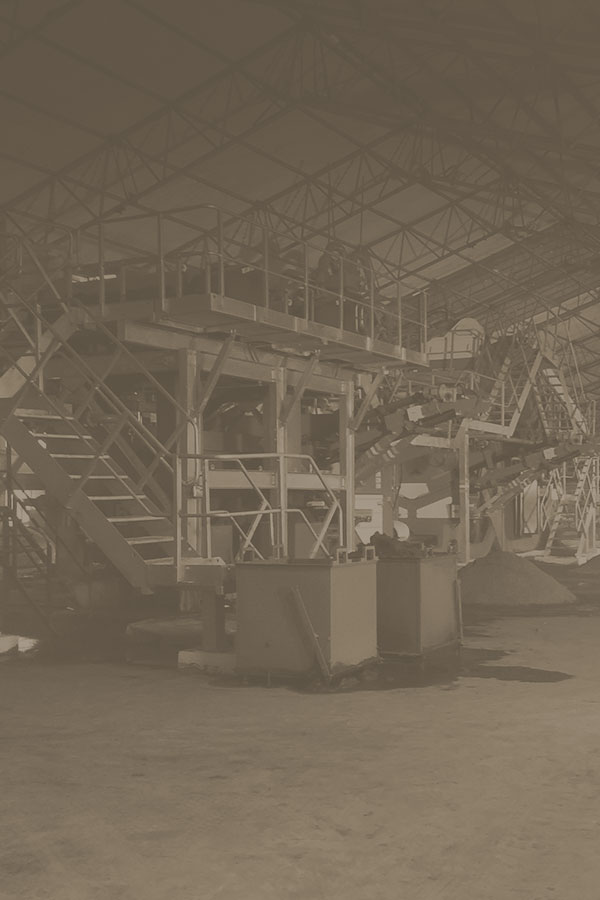
Soil contamination is caused by the presence of manmade chemicals in the natural soil environment. It is often caused due to some form of industrial activity, agricultural chemicals, or the improper disposal of waste.
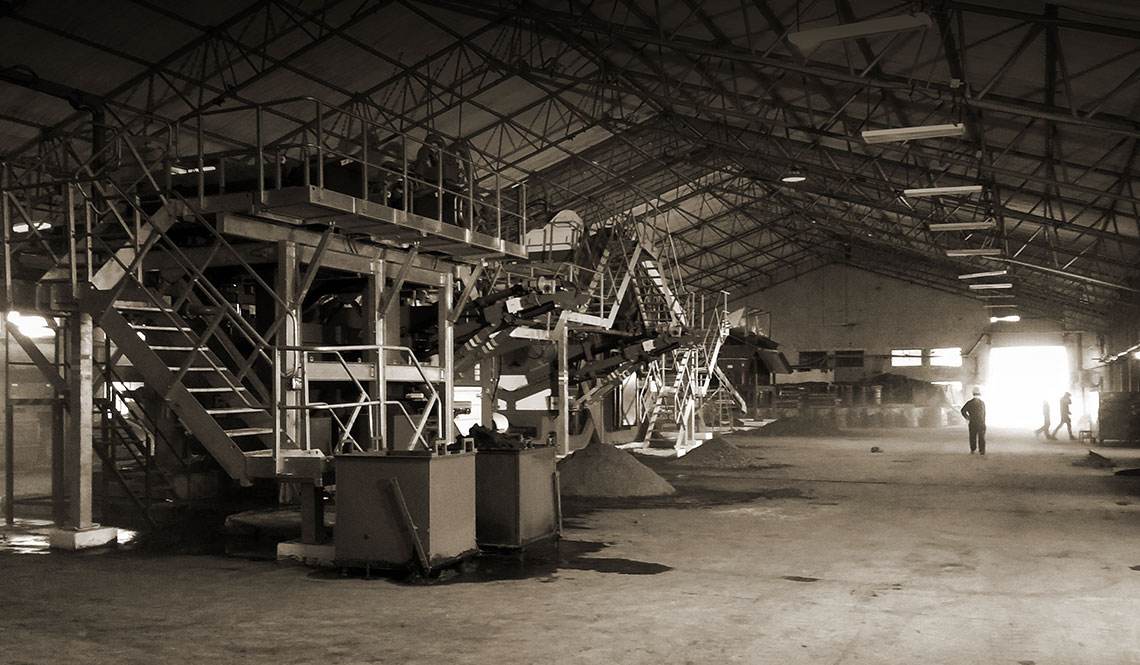
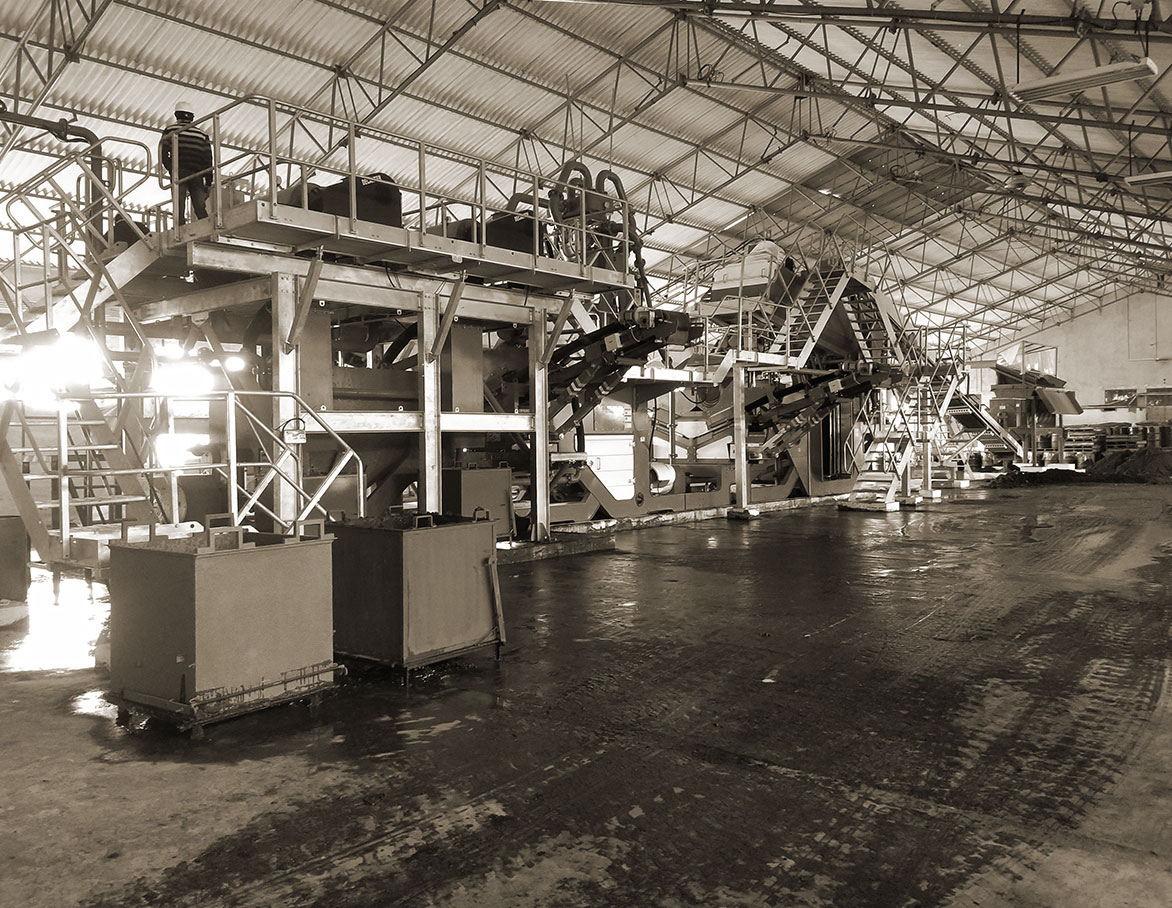
Soil contamination is caused by the presence of manmade chemicals in the natural soil environment. It is often caused due to some form of industrial activity, agricultural chemicals, or the improper disposal of waste.
The biggest concern associated with soil contamination is the harm it can cause to human health.There are significant health risks involved with direct contact with contaminated soil, the vapors from the contaminants & even secondary contamination of water supplies.
Pollutant chemicals enter into the soil body through processes uncontrollable by land owners. The contaminated sites need to be investigated in detail and thereafter remediation activity should be carried out to reduce human health risks and environmental impacts by adopting appropriate remediation technologies. The Central Pollution Control Board (CPCB) identified critically polluted industrial areas and clusters or potential impact zone based on its Comprehensive Environmental Pollution Index (CEPI) rating.
43 critically polluted zones were reported in the 16 states which have a CEPI rating of more than 70. Among the 43 sites, 21 sites exist in majorly four states namely Gujarat, Uttar Pradesh, Maharashtra, and Tamil Nadu.
Traditional remediation approaches include dumping into landfill or various treatment practices including in-situ and ex-situ techniques up to predefined remediation target levels for each identified constituent. The need for soil remediation has increased significantly with rising property values and landfill taxes.
There are two types of solutions for handling contaminated soils, in-situ and ex-situ. CFlo specializes in ex-situ remediation. Brownfield and contaminated soils are cleaned through a mechanical treatment process designed specifically for the level and type of contamination.
One such case of soil contamination was reported in India a few years back. The client faced an issue of soil contamination at its site, due to the over usage of mercury. The government set the remediation standard of 20mg/kg of mercury concentration in soil and granted the client permission for soil remediation to commence. We were approched for its remedy.
We showcased how our innovative wet processing technology could reinforce our commitment to establishing a more sustainable future. Soil samples were sent for primary tests. Our officials conducted a test at its DSIR-accredited lab and observed that some fractions are highly contaminated and those contaminations are through the soil sticking to the material's surface. Our scope were to thoroughly scrub, screen, and wash all the fractions in order to liberate the stuck soil and accumulate the dirty contaminated water. The washed fractions are free from contamination and ready for further use as construction material or for restoring excavated grounds that were previously contaminated. The isolated screened soil of typically -75 microns along with the processed water gets collected in the solid-water separation system called Decanter. This system recovers the water and sends it for further recirculation and the soil (particles below 75 microns) is stocked in a covered place for further processing (recovering the mercury through Retort processing).
Our patented system includes Scrubmax Heavy-duty Scrubbing System that liberates the sticky soil with the particles going through an extensive attrition process. The final wet screening with pressurized water along with the use of dual-stage Hydrocyclone technology segregates the particles into different size fractions as per requirement. The plant is designed to reuse 95% of the water with minimum spillage at the site.
The client had a space limitation and it was a challenge to install an enormous piece of equipment for remediation in the given space. Nevertheless, Our team designed a compact layout for the plant & successfully installed and commissioned it.
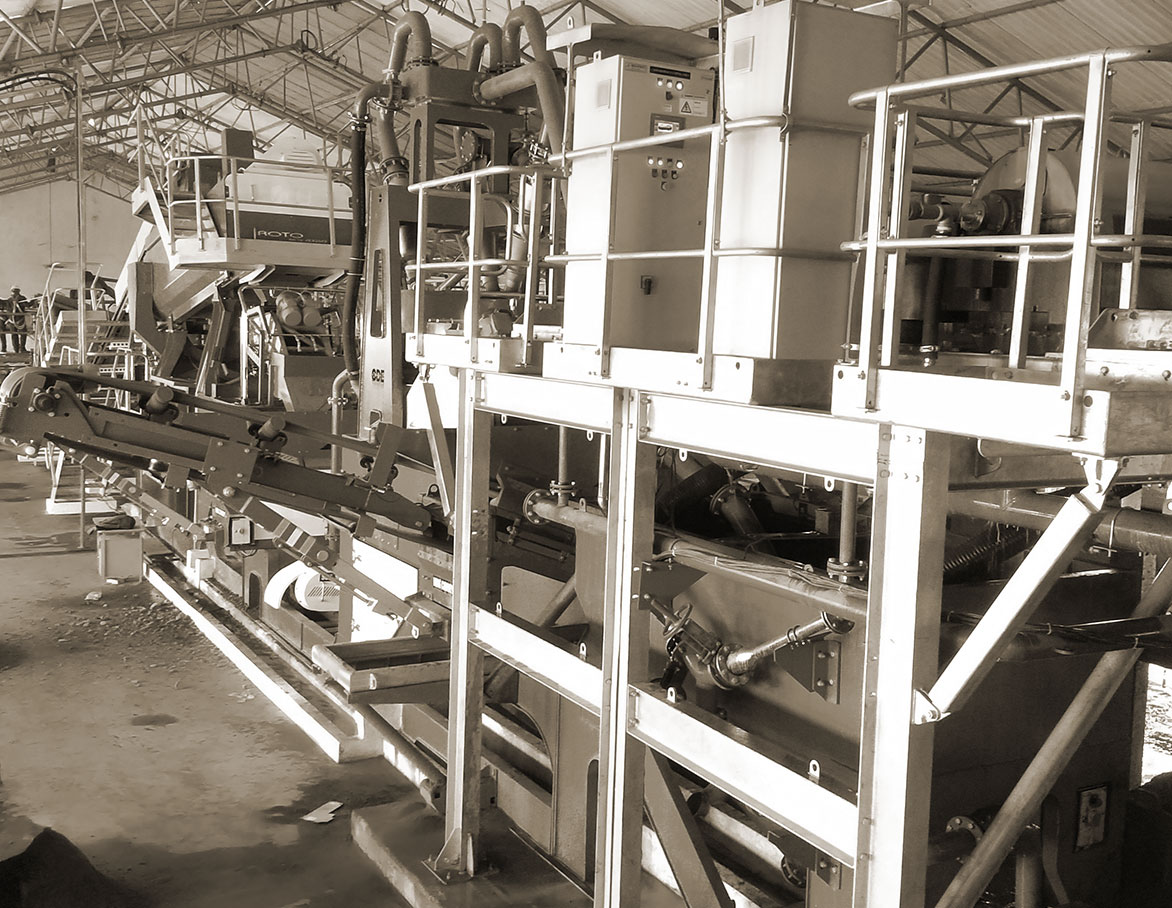
The customised plant is an economically viable solution that would effectively process the incoming contaminated materials. With our advanced technology, soil can be processed to remove contaminants, extract value, and return the land for the betterment of the environment.
The treated material is suitable for use in property expansion and redeveloped land. Cleaned soil can be used as a sustainable source of backfill for contractors.
Apart from soil remediation technology, We have also invested in developing advanced waste management solutions that are capable of processing assorted urban wastes such as Construction and Demolition Waste (C&D), legacy waste, Incinerated bottom ash (IBA), railway ballast, and others into sustainable sand and green construction material. To maximize the impact of its transformative sand solutions, We aim to become the preferred sourcing partner to the construction industry for ethically-sourced sand and equipment solutions.